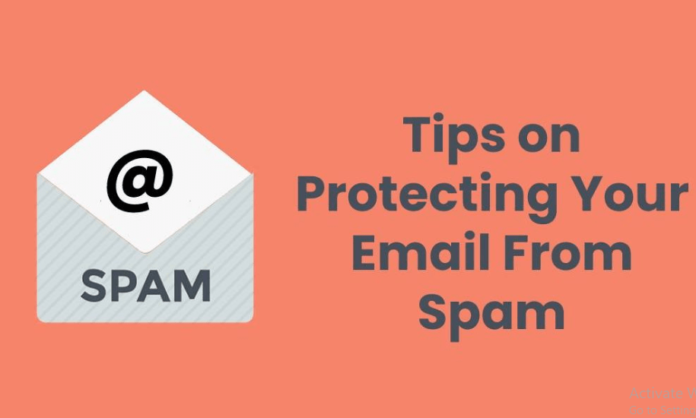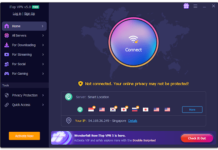Protecting Your Email From Spam is a very important aspect of owning an email account. Spam mail is simply a form of unwanted junk mail sent to countless users in every day. In order to protect yourself from this kind of spam, you will need to set up some measures to block these types of spams from coming into your inbox. This will make sure that your email stays private, safe, and error free.
Hackers are always on the lookout for ways to get at your email address, whether it’s from an old computer you don’t feel belongs to you or one that has been hacked previously. These hackers will try and use whatever means they can to get at these addresses. They will send unsolicited spam, phishing emails, and many other techniques to try and get you to buy the software or programs these hackers have found. Chances are good that you have seen some of the less than nice programs put out there lately, because of all of the scams associated with them. The best way to stop these scammers is to protect your email address and any other info that you may decide to post online.
When you receive unsolicited spam mail, such as through spam filters, which prevent junk mail from getting into your inbox, you should report the abuse via the various channels provided by the anti-spam act. Do not respond to the spam email messages, as it may result in the removal of your e-mail address. Report the abuse either via a spam report form available online, or by contacting the ISP (internet service provider).
As an advanced IT admin, you should know that many different types of malware, such as spyware, adware, Trojans, and viruses can spread through the Active Code layer of your operating systems. These forms of malware infect your computers by crawling through your Internet connections and downloading their infected files to your computer. They then change your computer’s configuration settings so they can infect your network. These infections come from Active Code Layer exploits, or from the ActiveX controls that are often turned on in Windows environments. To keep your network from being penetrated, you should have a strong anti-virus and anti-spyware program installed, as well as an effective spam policy.
There are a number of free anti-virus and anti-spyware products available online. Most of these work quite well, but it never hurts to take advantage of the free versions first, to make sure you don’t end up with a product that won’t fix your PC or network. When looking for a reliable anti-virus and anti-spyware product, look to find one that utilizes cutting edge technology to keep up with the latest threats. Look for anti-virus and anti-spyware that utilize real-time protection and real-time security scanning for the highest levels of protection. And, most importantly, look to purchase software that has a solid reputation, has received rave reviews, and offers frequent backup options.
The goal of this guide is to help you understand the Active Response Code Layer, and how it works to protect your email servers. Specifically, we’ll discuss common ways that spam filters and security scanners miss attacks, how to avoid common phishing attempts, and briefly discuss some of the best products for preventing phishing attacks on your company’s Active Response Code Layer (ARL). Armed with this information, you’ll be able to help your employees stay safe from phishing, while still preserving the confidentiality of your company’s Active Response Code Layer (ARL).











